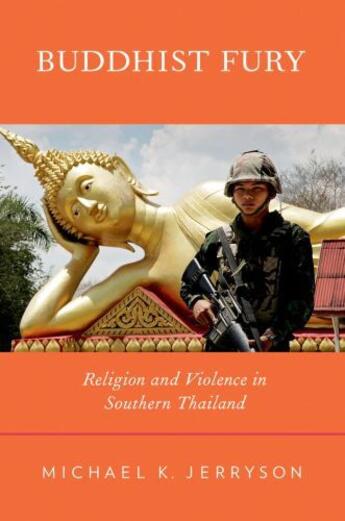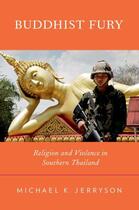Résumé:
Buddhist violence is not a well-known concept. In fact, it is generally considered an oxymoron. An image of a Buddhist monk holding a handgun or the idea of a militarized Buddhist monastery tends to stretch the imagination; yet these sights exist throughout southern Thailand.
Michael Jerryson... Voir plus
Buddhist violence is not a well-known concept. In fact, it is generally considered an oxymoron. An image of a Buddhist monk holding a handgun or the idea of a militarized Buddhist monastery tends to stretch the imagination; yet these sights exist throughout southern Thailand.
Michael Jerryson offers an extensive examination of one of the least known but longest-running conflicts of Southeast Asia. Part of this conflict, based primarily in Thailand's southernmost provinces, is fueled by religious divisions. Thailand's total population is over 92 percent Buddhist, but over 85 percent of the people in the southernmost provinces are Muslim. Since 2004, the Thai government has imposed martial law over the territory and combatted a grass-roots militant Malay Muslim insurgency.
Buddhist Fury reveals the Buddhist parameters of the conflict within a global context. Through fieldwork in the conflict area, Jerryson chronicles the habits of Buddhist monks in the militarized zone. Many Buddhist practices remain unchanged. Buddhist monks continue to chant, counsel the laity, and accrue merit. Yet at the same time, monks zealously advocate Buddhist nationalism, act as covert military officers, and equip themselves with guns. Buddhist Fury displays the methods by which religion alters the nature of the conflict and shows the dangers of this transformation.
Donner votre avis









